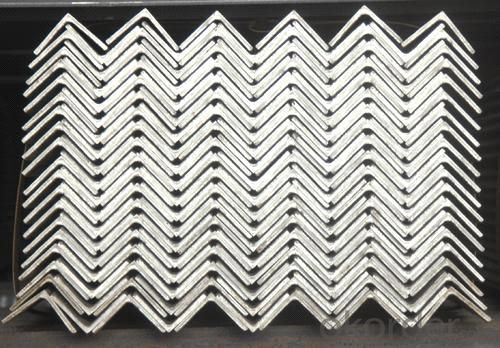Packaging & Delivery
| Packaging Details: | standard seaworthy package,each bundle is fixed at lest three strips ,or on customer's request |
|---|---|
| Delivery Detail: | 15-30 days after receiving L/C or prepayment of T/T |
OKorder Service Pledge
OKorder Financial Service
You Might Also Like
Standard:AISI, ASTM, BS, DIN, GB, JIS
Dimensions:25x16-200x125
Grade:Q195-Q420 Series
Model Number:25x16-200x125
Type:Unequal
Application:construction industry
| Packaging Details: | standard seaworthy package,each bundle is fixed at lest three strips ,or on customer's request |
|---|---|
| Delivery Detail: | 15-30 days after receiving L/C or prepayment of T/T |
Thickness:3mm-18mm
Shipment:with bulk vessel or container
Loading port:Tianjin port china
Packing:standard seaworthy package, each bundle is fixed at lest three strips ,or on customer’s request
IF YOU ARE INTERESTED IN ANY PRODUCTS OF OUR COMPANY,PLEASE CONTACT ME. WE WILL OFFER THE COMMODITIES WITH BEST QUALITY AND MOST COMPETETIVE PRICE.

Send your message to us
OKorder Service Pledge
OKorder Financial Service
Similar products
Hot products
Hot Searches
Related keywords